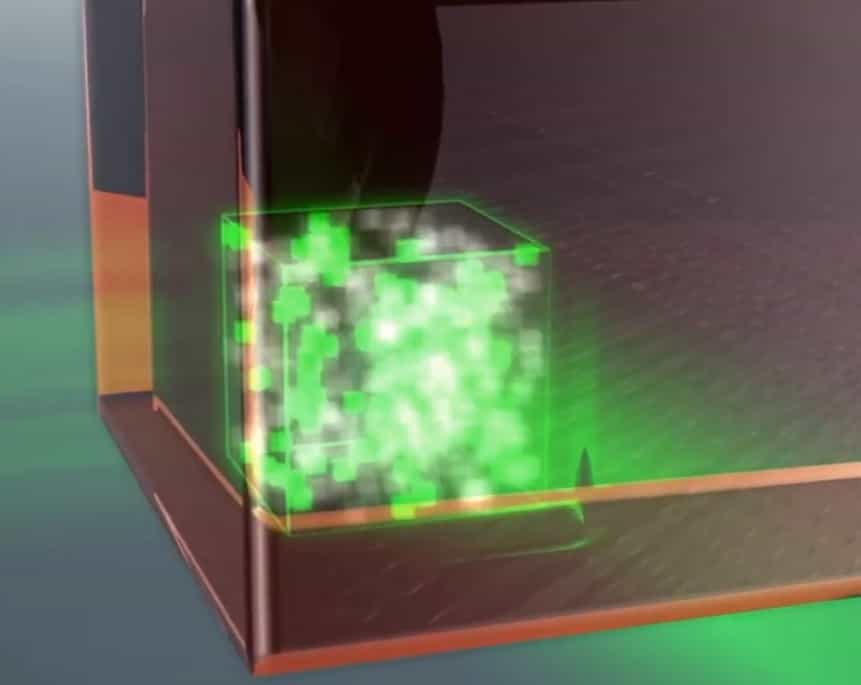Microsoft Research is developing Holographic memory for cloud storage
2 min. read
Published on
Read our disclosure page to find out how can you help MSPoweruser sustain the editorial team Read more

Microsoft has long been working on storing data in glass, with Project Silica being their project to store data permanently in a write-once archival medium.
Today Microsoft Research described a new project, Project HSD, to store data as holograms which is rewritable and therefore suitable for storage of data in the cloud.
The team say designing for the cloud has freed them from the constraints of developing for consumer applications such as the drive needing to be 3.5 inches.
Their current solution is designed for a storage rack, and therefore they have a lot more space to expand.
The team says advances in consumer optics and AI allowed them to nearly double the previous storage density, saying:
Our team has focused on simultaneously achieving both density and fast access rates. We have deployed recently developed high-power fiber laser systems to reduce the write and read times by over an order of magnitude to support high access rates. We have also exploited the recent developments in high resolution LCOS spatial light modulators and cameras, driven by the display industry and the smartphone industry, respectively, to increase the density. In particular, the high-resolution camera technology is key as this allows us to move complexity from the optical hardware to software.
In the previous state of the art, it was necessary to use complex optics to achieve one-to-one pixel matching from the display device to the camera to maximize the density. Today, we can leverage commodity high-resolution cameras and modern deep learning techniques to shift the complexity into the digital domain. This lets us use simpler, cheaper optics without pixel matching and compensate for the resulting optical distortions with commodity hardware and software. This approach also reduces the manufacturing tolerances as the system can be compensated and calibrated at runtime in software. Using this combination of high-resolution commodity components and deep learning has already enabled us to increase the storage density by 1.8x over the state of the art.
Microsoft Research is also looking to further improve read and write speeds and capacity, hoping to create a technology that is uniquely tailored to the cloud, one with both fast access rates and a storage density that greatly surpasses its predecessor.
To learn more about Project HSD and Optics for the Cloud research, check out Azure CTO Mark Russinovich’s segment at Microsoft Ignite 2020 or read more at Microsoft Research here.







